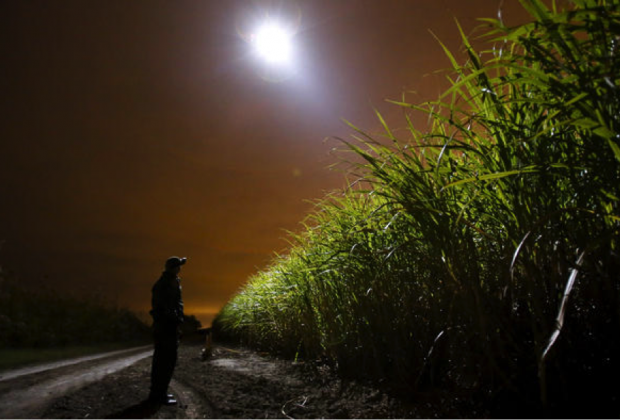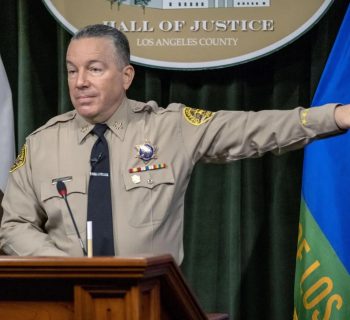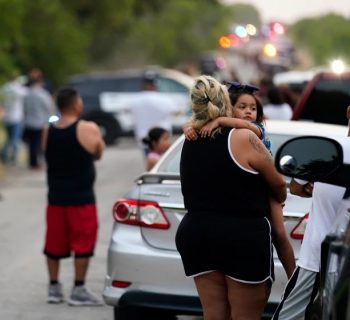A Border Patrol agent along the Mexico border near McAllen, Texas, in November.
(Michael Robinson Chavez / Los Angeles Times)
By BRIAN BENNETTcontact the reporter
U.S. Customs and Border Protection, the nation's largest law enforcement agency, is vulnerable to “systematic corruption” by drug cartels, smugglers and other criminals, and investigations of its internal abuses are “chronically slow,” according to a Homeland Security Department report that reveals glaring problems in the agencies that police the nation’s borders.
The abuses are so widespread that Customs and Border Protection, the parent agency of the Border Patrol, should add nearly 350 criminal investigators to target internal corruption and the use of excessive and unnecessary force against migrants, the report concludes. That would boost the internal affairs roster by nearly 166%.
Arrests of border agents and customs officers “far exceed, on a per capita basis, such arrests at other law enforcement agencies,” the 29-page report notes.
"Until this is reversed, [Customs and Border Protection] remains vulnerable to corruption that threatens its effectiveness and national security,” warns the report, which was requested by Homeland Security Secretary Jeh Johnson.
The scathing assessment by the Homeland Security Advisory Council, an independent group that reports to Johnson, also is the latest to slam the Border Patrol for lack of accountability for hundreds of shootings by agents.
It calls for new rules to bar Border Patrol agents from shooting people who are unarmed or who don't present a deadly threat. It also urges officials to revise policies to emphasize that the “overarching responsibility is to preserve human life” and to specifically restrict agents from shooting at moving vehicles and people throwing rocks or other objects.
The Los Angeles Times reported last year that some Border Patrol agents stepped in front of cars to justify shooting at drivers, and had opened fire on people throwing rocks from across the border in Mexico when agents could have moved out of harm's way.
In May, the Customs and Border Protection internal affairs office absolved dozens of Border Patrol agents of criminal misconduct in 64 shooting incidents between January 2010 and October 2012, including 19 that resulted in deaths. The Justice Department is still considering charges in three other cases.
Critics along the Southwest border and in Mexico long have argued that the Border Patrol operates with little transparency or accountability.
Indeed, one of the report's recommendations is that agents and officers “must wear visible name tags identifying their last name on all uniforms at all times,” a practice that critics say is often ignored. A video posted online of a 21-year-old woman in New York state being Tased at a roadside checkpoint last month shows a Border Patrol supervisor wearing a green tactical vest with no visible name tag.
Border Patrol agents, facing scrutiny over shootings, have harsh words for their leaders
William J. Bratton, the former LAPD chief who is now New York City police commissioner, and former Drug Enforcement Administration head Karen Tandy, led the eight-member panel that produced the report after scrutinizing Border Patrol records and interviewing officials and advocacy groups that operate along the border.
They recommended Customs and Border Protection increase its current staff of 207 investigators at internal affairs to 550 to beef up investigations of corruption and abuse.
Internal affairs is “woefully understaffed,” Tandy said Monday while presenting the panel’s recommendations to the council.
Customs and Border Protection is in the “awkward position” of urging similar agencies around the world to adopt a “robust” internal affairs office, without having an adequately staffed office to police its own integrity and professionalism, the report notes.









